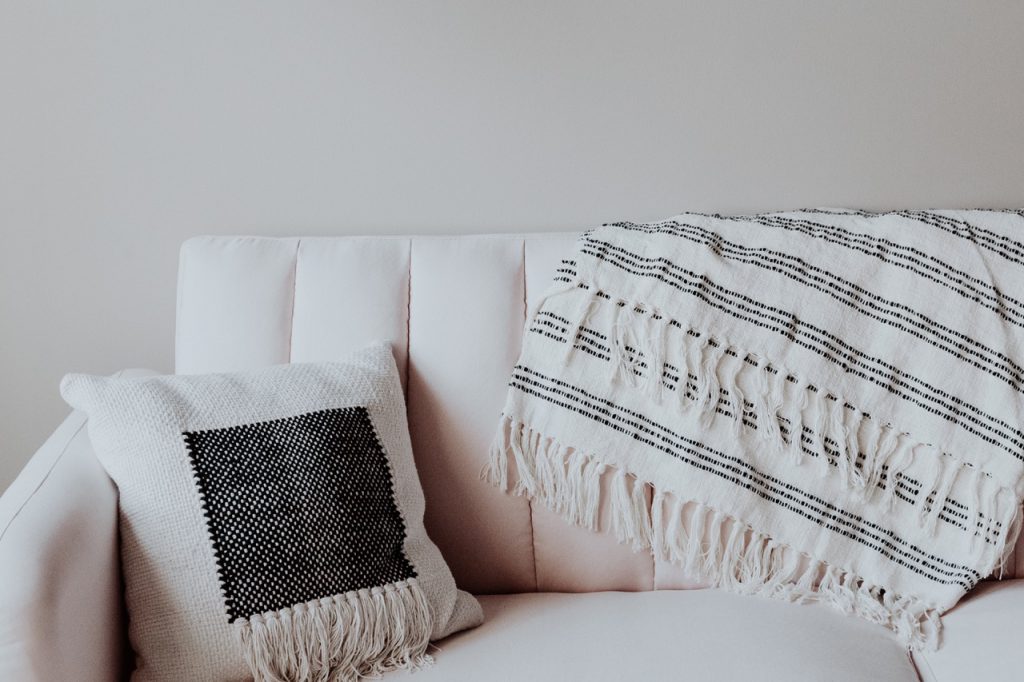Upgrading Sleep Mode to Self-Activate
Photo via Slightly Winded on Flickr
Ever wish your toddler was as easy to deal with as, say, your iPhone? Brett R. Kuhn, Ph.D., and Joe Borgenicht, D.A.D. knows how you feel. Like an instruction manual for an advanced gadget, The Toddler Owner’s Manual provides step-by-step directions and tips to train (and troubleshoot) your kid. The following is a detailed primer on getting your toddler to sleep on his own:
Upgrading Sleep Mode to Self-Activate
By programming skills one step at a time, you will help your toddler self-activate important sleep habits while minimizing distress. Discuss the plan with all toddler users in the home before implementing; then begin when your toddler is healthy and showing no signs of illness or discomfort. Here are some general guidelines for reprogramming.
1. Help your toddler become accustomed to and comfortable with falling asleep in the place where you want him to sleep the entire night. If your toddler has been falling asleep next to you in your bed, insist that he fall asleep in his own bed while you lie beside him until he is comfortable in the new environment.
EXPERT TIP: The toddler’s bed should not be associated with punishment or pain. Use another location for time-outs, and administer any painful medical procedures elsewhere.
2. Gradually modify the sleep environment to be compatible with sleep. A progressive method makes for a smoother transition as you upgrade your toddler’s sleep program. For example:
a. If your toddler is uncomfortable in a dark room, reduce the overall light over a period of days by replacing a 60-watt lightbulb with a 40-watt, 20-watt, and finally a 7-watt bulb.
b. If the toddler is accustomed to watching television while falling asleep, begin by adjusting the volume lower and lower, then change the channel to a program that is uninteresting to the toddler, and finally turn off the television.
3. Program a bedtime routine. Bedtime routines may include activities such as washing the face, brushing the teeth, changing into pajamas, and going to the bathroom. The routine should end with a positive, soothing activity (e.g., a story, a back rub, cuddling) that takes place in the toddler’s bedroom. Other aspects of the routine may include:
a. Transitional objects: A favorite doll, blanket, or stuffed animal can help toddlers transition into restful sleep. Do not allow other toys in bed.
b. Light snacks and drinks. However, bottles in bed, excessive fluids, and heavy, late meals may disturb sleep. Avoid drinks or foods containing stimulants (cola, tea, chocolate) several hours before bedtime.
4. Install the self-activating sleep mode program. Nighttime awakenings are part of the preprogrammed sleep cycle in all toddlers. Those models who are programmed for independent sleep initiation will quietly reactivate sleep on their own, but models who are programmed to activate sleep while being held, rocked, sung to, or fed will awaken during the night and use their audio system to retrieve a parent to help them to reinitiate their sleep program.
5. Maintain a very strict sleep schedule until the upgrade is complete and your toddler sleeps well for two weeks. Once this milestone is achieved, you can initiate some flexibility with timing. However, the better you can keep your toddler on a predictable schedule, the more your toddler will adapt by sleeping when you want him to be sleeping. A consistent morning wake time across schooldays, weekends, and holidays will produce the best results.
6. Reward your toddler for even small steps toward success. This can be accomplished through the use of a sticker chart, a small prize from a grab bag, or social reinforcement (e.g., hugs, kisses, reporting success to friends/relatives when your toddler is present).
7. If your toddler is resisting every step of the way and you are making little progress, help your toddler reprogram skills during the day. If the toddler is highly oppositional at bedtime, teach him how to follow instructions and accept consequences during the day. If your toddler shows separation anxiety during the night, help him develop independent play skills and to handle separation during the day.
—





